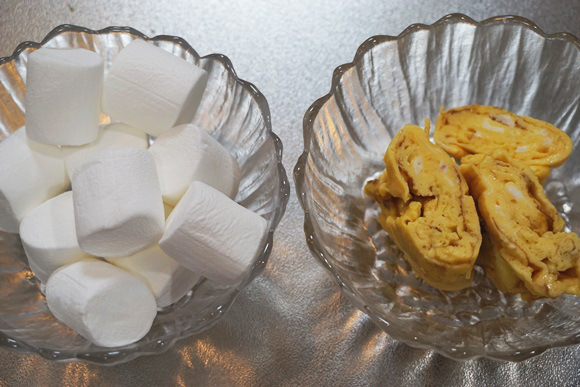
Recipes with marshmallows instead of sugar have soared in popularity online in Japan recently. We love marshmallows, so we’re hardly about to complain — so soft! so sweet! — and the rise in popularity even got the attention of some our Japanese writers, who decided to try out a recipe using marshmallows.
And what is the recipe? Cooked eggs!
Wait, cooked eggs and marshmallows? This really can’t turn out well…can it?! Read on to find out!
Obviously, marshmallows are one of the greatest food groups (you read that right) on the planet, but we have to admit we were a bit skeptical about this idea to begin with. Still, we trust our colleagues, so let’s turn it over to them and see how things go!
The recipe our Japanese team found was apparently from Cookpad and it has a relatively simple list of ingredients:
Marshmallows — 5 grams
dashi (Japanese soup stock) — 1 tablespoon
1 egg
soy sauce — 1 teaspoon
olive oil — 1 milliliter
The first thing you’ll want to do is heat the marshmallows and dashi — but not too much, or it’ll develop a burnt smell! — just enough to get them nice and melted. Then, mix the marshmallow/dashi combination in with the eggs.
Our writers actually ended up making the dish three times because the first two tries were not what you’d call a success. What they learned from these failed attempts is that, when adding the melted marshmallows and dashi to the eggs, “do not to mix, but entwine” the ingredients. This will make more sense in a moment…
▼ Unsuccessful attempt number one
Our friendly (and sad) writers told us that the first attempt was nothing like baked eggs at all — instead, they ended up with sweet scrambled eggs. If you love sweet and scrambled, it’s not necessarily a failure, but it certainly wasn’t the original intention.
The reason the eggs ended up scrambled was that they had heard the eggs burned easily and so tried cooking on (too) low heat.
▼ Attempt number two seems to start well.
So, for the second attempt, the heat was increased a bit. After dropping the egg mixture into the frying pan, which contained preheated olive oil, the eggs fluffed right up. Our colleagues weren’t sure if it was because of the marshmallows or the egg white, but it certainly looked spot on!
▼ Mmmm! Looks good!
The eggs cooked extremely quickly. “It’s great if you’re trying to make a bento in the morning,” they quipped. But short cook time has one drawback…
▼ Wait…what’s happening?
If you let your guard down for even a second, you end up with a mess of eggs! Though they were able to fold the eggs and get something that was almost passable, they still weren’t quite happy with the results.
▼ Noooooooooooooooo!
It wasn’t a total loss…but it just wasn’t quite there yet. Attempt two provided a good learning experience for them, but not the eggs they were looking for.
▼ Unless you like eggs that look like depressed fish.
But the third attempt? The third attempt was when real magic happened. With all their acquired experience, things went much better!
As we mentioned before, they found that “entwining” the ingredients (basically mixing them slowly together) worked a lot better. After doing so, the eggs developed a soft fluffiness. They also found the right heat to keep the eggs from burning. You might need a bit of practice to find the sweet spot for yourself, but it’s there waiting for you!
▼ The results of attempt 3
As you can see from these scrumptious-looking photos, things worked out a lot better this time and our writers were able to fold the eggs to perfection.
They also suggested using this technique when making rice omelettes – a favorite of nearly everyone in Japan. Though there might be some who aren’t a fan of how sweet the eggs are, we suspect there will be plenty who love it.
Now, we just need to figure out how to get our Japanese writers to come to our houses and cook this for us every day…
Reference: Cookpad
All images © RocketNews24
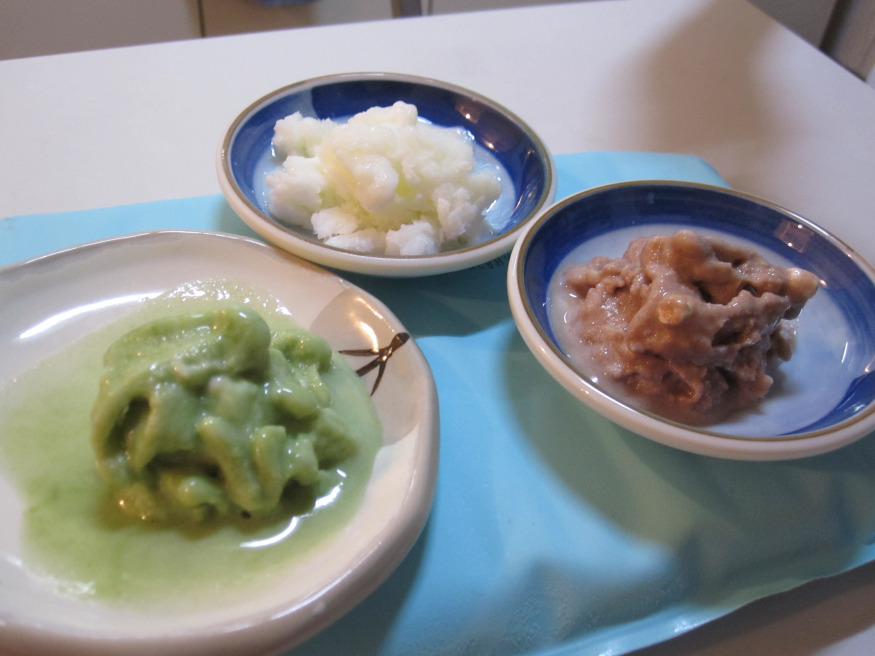
[ Read in Japanese ]


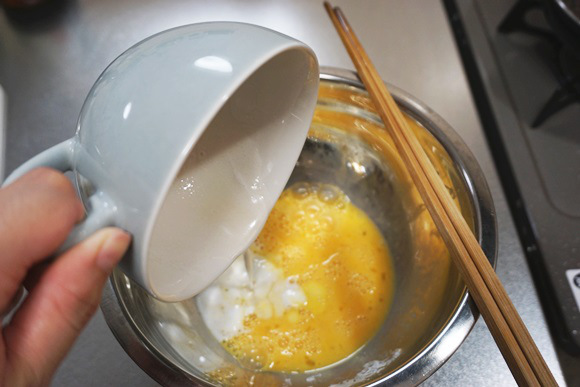
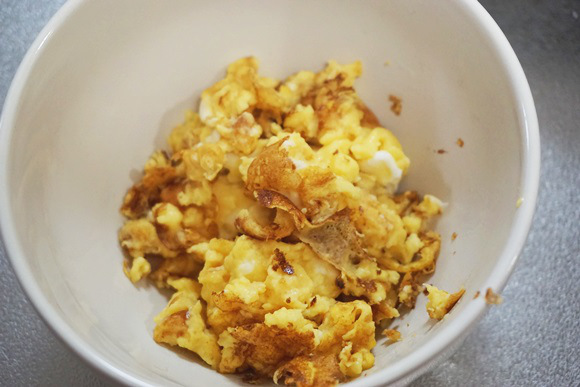
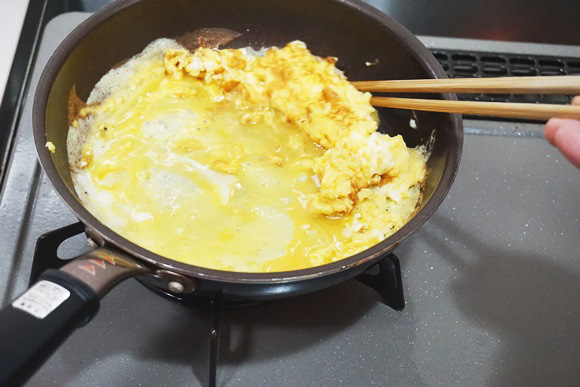

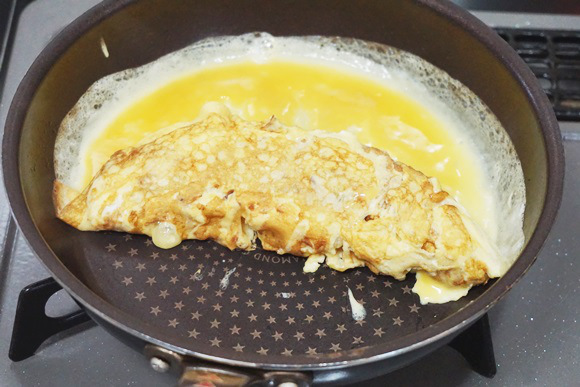
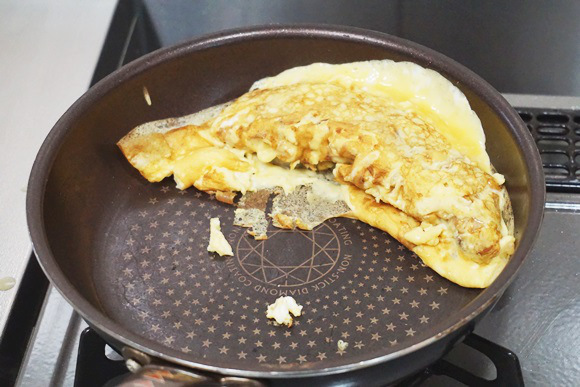
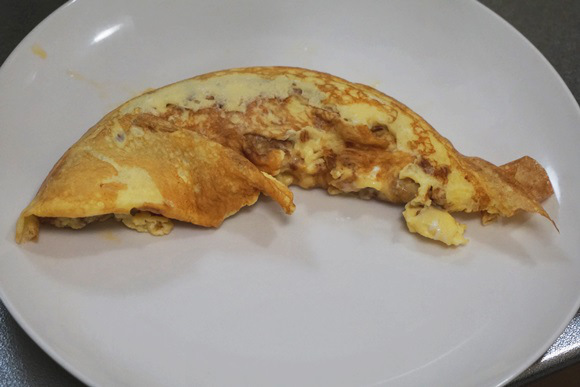
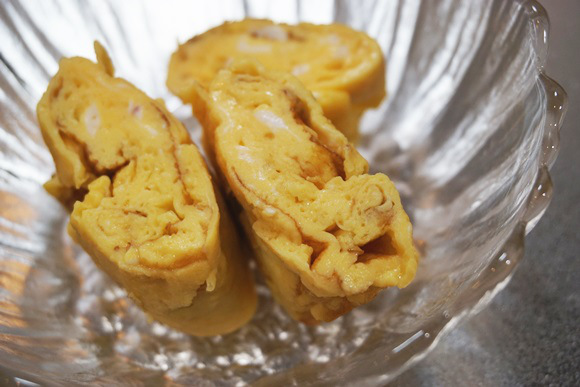
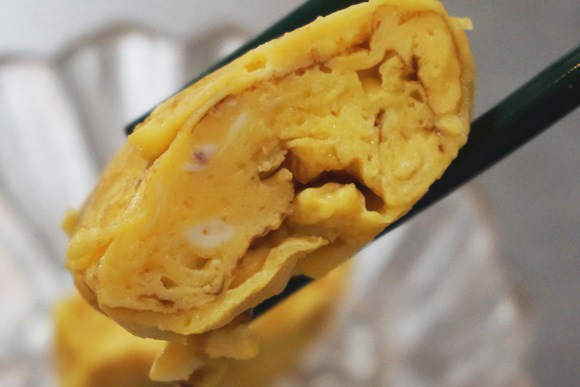
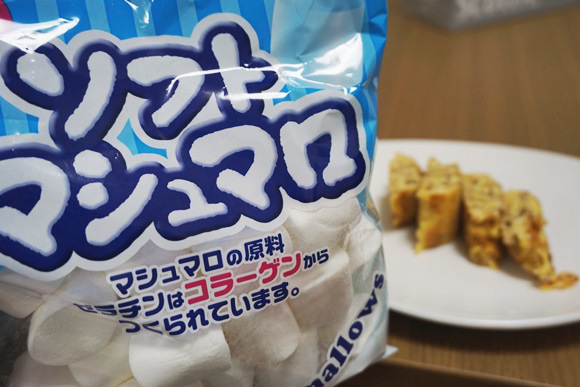
 Frozen marshmallow cream: Just two ingredients, at least as good as ice cream 【RocketKitchen】
Frozen marshmallow cream: Just two ingredients, at least as good as ice cream 【RocketKitchen】 Make fluffy Japanese omelettes in the microwave with this handy kitchen gadget
Make fluffy Japanese omelettes in the microwave with this handy kitchen gadget We made world-famous French toast in our office, and so can you! 【RocketKitchen】
We made world-famous French toast in our office, and so can you! 【RocketKitchen】 We bring you three more traditional Japanese recipes from centuries past
We bring you three more traditional Japanese recipes from centuries past Edo-era recipes are published online, give us a chance to try Japanese foods from centuries past
Edo-era recipes are published online, give us a chance to try Japanese foods from centuries past Disillusionment at Tsukiji’s tourist-target prices led us to a great ramen restaurant in Tokyo
Disillusionment at Tsukiji’s tourist-target prices led us to a great ramen restaurant in Tokyo More Than a Capsule Stay: Why Solo Travelers Choose “global cabin Yokohama Chinatown”
More Than a Capsule Stay: Why Solo Travelers Choose “global cabin Yokohama Chinatown” Japanese Line users unleash their inner troll after popular messaging app gets hacked
Japanese Line users unleash their inner troll after popular messaging app gets hacked Is this the most relaxing Starbucks in Japan?
Is this the most relaxing Starbucks in Japan? U.S.A. now the fastest-growing market for Japan’s high-tech toilets, now selling quicker than ever
U.S.A. now the fastest-growing market for Japan’s high-tech toilets, now selling quicker than ever Top Japanese baby names for 2025 feature flowers, colors, and a first-time-ever favorite for girls
Top Japanese baby names for 2025 feature flowers, colors, and a first-time-ever favorite for girls KFC Japan introduces a new burger 8 years in the making
KFC Japan introduces a new burger 8 years in the making Eight Ways You Really, Really Shouldn’t Use a Japanese Toilet
Eight Ways You Really, Really Shouldn’t Use a Japanese Toilet Here it is: The finalized map for Super Nintendo World at Universal Studios Japan (and its food)
Here it is: The finalized map for Super Nintendo World at Universal Studios Japan (and its food) Large amount of supposed human organs left in Osaka marketplace
Large amount of supposed human organs left in Osaka marketplace 7-Eleven Japan starts new temporary luggage storage service in over 300 branches
7-Eleven Japan starts new temporary luggage storage service in over 300 branches Starbucks teams up with 166-year-old Kyoto doll maker for Year of the Horse decorations【Photos】
Starbucks teams up with 166-year-old Kyoto doll maker for Year of the Horse decorations【Photos】 Tokyo’s Tsukiji sushi neighborhood asks tour groups to stay away for the rest of the month
Tokyo’s Tsukiji sushi neighborhood asks tour groups to stay away for the rest of the month Street Fighter Hadouken Churros to be launched and eaten in Tokyo, Okami pudding on offer too
Street Fighter Hadouken Churros to be launched and eaten in Tokyo, Okami pudding on offer too Japanese woman mistaken for bear
Japanese woman mistaken for bear Return of Totoro sequel short anime announced for Ghibli Park
Return of Totoro sequel short anime announced for Ghibli Park Starbucks Japan releases new zodiac chilled cup drink for 2026
Starbucks Japan releases new zodiac chilled cup drink for 2026 Starbucks on a Shinkansen bullet train platform: 6 tips for using the automated store in Japan
Starbucks on a Shinkansen bullet train platform: 6 tips for using the automated store in Japan Japan’s human washing machines will go on sale to general public, demos to be held in Tokyo
Japan’s human washing machines will go on sale to general public, demos to be held in Tokyo Japanese train company is letting fans buy its actual ticket gates for their homes
Japanese train company is letting fans buy its actual ticket gates for their homes Is China’s don’t-go-to-Japan warning affecting tourist crowds in Tokyo’s Asakusa neighborhood?
Is China’s don’t-go-to-Japan warning affecting tourist crowds in Tokyo’s Asakusa neighborhood? Starbucks Japan unveils new Christmas goods and a rhinestone tumbler that costs 19,500 yen
Starbucks Japan unveils new Christmas goods and a rhinestone tumbler that costs 19,500 yen Tokyo considering law requiring more trash cans following litter increase in heavily touristed area
Tokyo considering law requiring more trash cans following litter increase in heavily touristed area Nintendo’s Kirby now delivering orders at Kura Sushi restaurants, but not in Japan
Nintendo’s Kirby now delivering orders at Kura Sushi restaurants, but not in Japan Tokyo event lets you travel back in time, for free, to celebrate 100 years since Showa era start
Tokyo event lets you travel back in time, for free, to celebrate 100 years since Showa era start Survey asks foreign tourists what bothered them in Japan, more than half gave same answer
Survey asks foreign tourists what bothered them in Japan, more than half gave same answer Japan’s deadliest food claims more victims, but why do people keep eating it for New Year’s?
Japan’s deadliest food claims more victims, but why do people keep eating it for New Year’s? We deeply regret going into this tunnel on our walk in the mountains of Japan
We deeply regret going into this tunnel on our walk in the mountains of Japan Studio Ghibli releases Kodama forest spirits from Princess Mononoke to light up your home
Studio Ghibli releases Kodama forest spirits from Princess Mononoke to light up your home Major Japanese hotel chain says reservations via overseas booking sites may not be valid
Major Japanese hotel chain says reservations via overseas booking sites may not be valid Put sesame oil in your coffee? Japanese maker says it’s the best way to start your day【Taste test】
Put sesame oil in your coffee? Japanese maker says it’s the best way to start your day【Taste test】 The top 10 annoying foreign tourist behaviors on trains, as chosen by Japanese people【Survey】
The top 10 annoying foreign tourist behaviors on trains, as chosen by Japanese people【Survey】 No more using real katana for tourism activities, Japan’s National Police Agency says
No more using real katana for tourism activities, Japan’s National Police Agency says Starbucks Japan reveals new sakura drinkware collection, inspired by evening cherry blossoms
Starbucks Japan reveals new sakura drinkware collection, inspired by evening cherry blossoms Make your junk food more wholesome with homemade no-fry Jagarico croquettes【SoraKitchen】
Make your junk food more wholesome with homemade no-fry Jagarico croquettes【SoraKitchen】 We try making demi-glace sauce with catsup and chocolate【RocketKitchen】
We try making demi-glace sauce with catsup and chocolate【RocketKitchen】 Eat your beans the doubly delicious way with this mushiyaki edamame recipe 【RocketKitchen】
Eat your beans the doubly delicious way with this mushiyaki edamame recipe 【RocketKitchen】 Japanese restaurant chain shows us how to make katsudon in three minutes【SoraKitchen】
Japanese restaurant chain shows us how to make katsudon in three minutes【SoraKitchen】 McKatsudon: Easy to make with new spicy chicken nuggets from McDonald’s Japan
McKatsudon: Easy to make with new spicy chicken nuggets from McDonald’s Japan RocketKitchen: A simple and delicious recipe for cooking tuna
RocketKitchen: A simple and delicious recipe for cooking tuna Leftover sushi? A popular manga suggests making it into fried rice【SoraKitchen】
Leftover sushi? A popular manga suggests making it into fried rice【SoraKitchen】 This Japanese bar snack also makes for a great camping meal【Recipe】
This Japanese bar snack also makes for a great camping meal【Recipe】 How to cook miso soup (the right way) in a few simple steps【RocketKitchen】
How to cook miso soup (the right way) in a few simple steps【RocketKitchen】 How to make a spicy chicken katsudon in just three minutes【SoraKitchen】
How to make a spicy chicken katsudon in just three minutes【SoraKitchen】 We follow Twitter recipe to cook “coffee rice”! 【RocketKitchen】
We follow Twitter recipe to cook “coffee rice”! 【RocketKitchen】 We make French toast from castella cake, and it’s absolutely yums!【RocketKitchen】
We make French toast from castella cake, and it’s absolutely yums!【RocketKitchen】 Japan goes crazy for “gaming eggs,” and here’s the super-easy recipe【SoraKitchen】
Japan goes crazy for “gaming eggs,” and here’s the super-easy recipe【SoraKitchen】 How to make tonkotsu ramen at home 【SoraKitchen】
How to make tonkotsu ramen at home 【SoraKitchen】 We turn Japanese bamboo shoot rice dish into a delectable dessert【RocketKitchen】
We turn Japanese bamboo shoot rice dish into a delectable dessert【RocketKitchen】
Leave a Reply